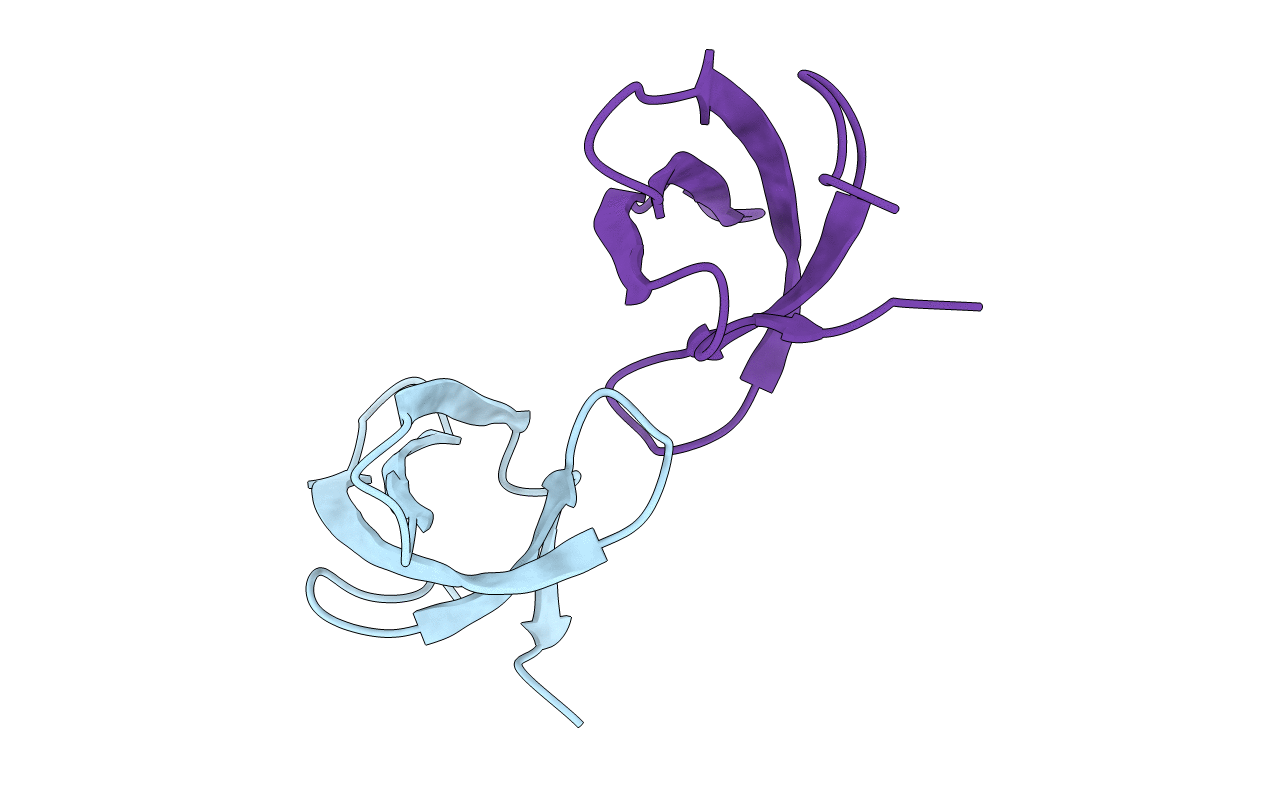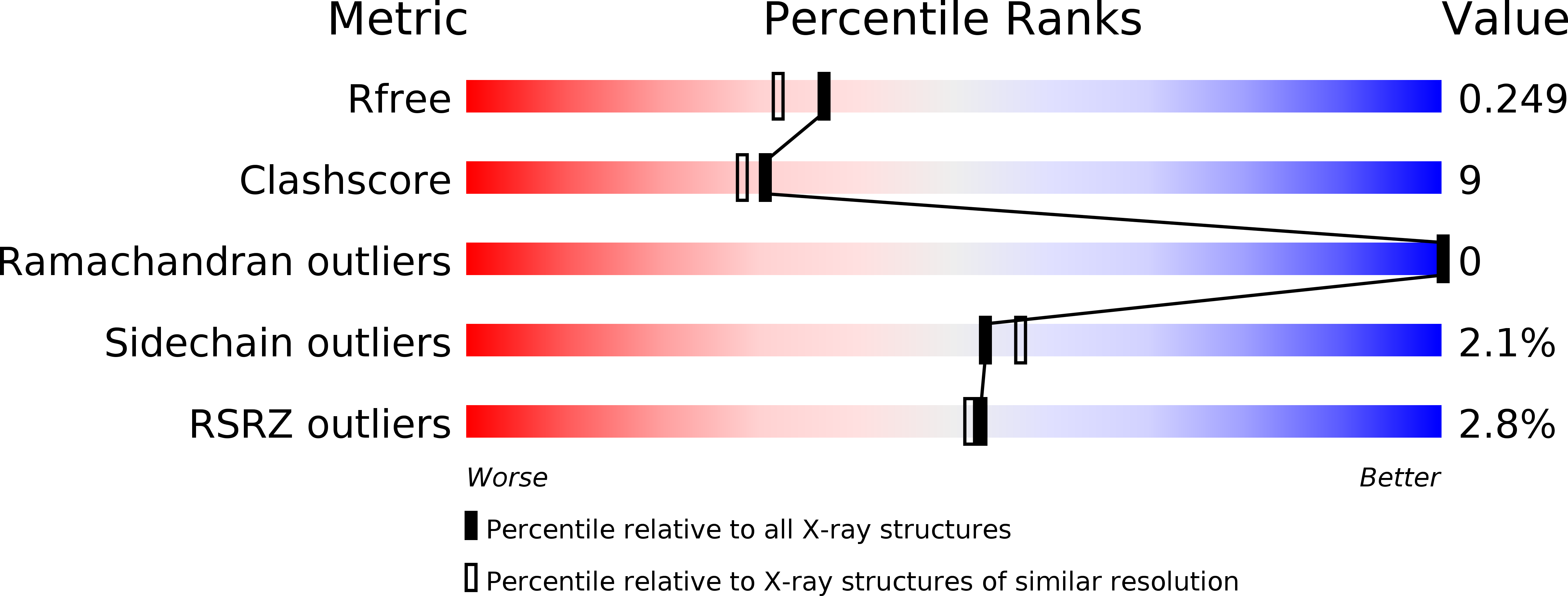
Deposition Date
2010-10-13
Release Date
2011-06-22
Last Version Date
2024-10-16
Entry Detail
PDB ID:
3P8D
Keywords:
Title:
Crystal structure of the second Tudor domain of human PHF20 (homodimer form)
Biological Source:
Source Organism:
Homo sapiens (Taxon ID: 9606)
Host Organism:
Method Details:
Experimental Method:
Resolution:
2.00 Å
R-Value Free:
0.26
R-Value Work:
0.22
R-Value Observed:
0.23
Space Group:
P 43


